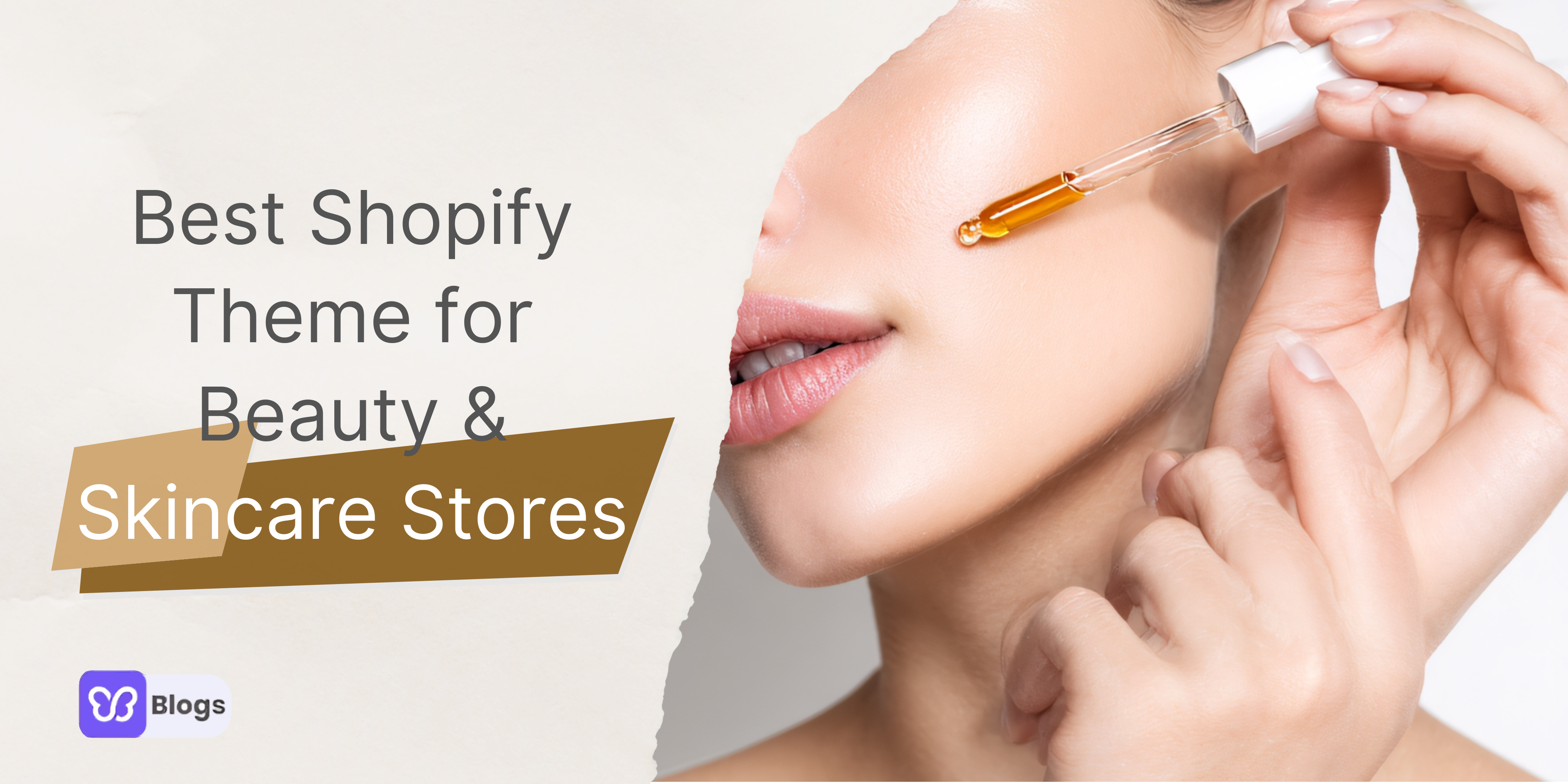The first steps to take when considering implementing Composable Commerce involve careful planning, evaluation, and strategy development. Here are some initial steps to consider:
- Assess Current State: Evaluate existing e-commerce infrastructure and identify areas for improvement.
- Define Objectives: Clearly define business outcomes like improved flexibility, scalability, customer experience, or operational efficiency.
- Research and Education: Invest time in researching Composable Commerce concepts, principles, and best practices.
- Engage Stakeholders: Involve key stakeholders from various departments in decision-making.
- Identify Use Cases: Identify specific use cases where Composable Commerce could deliver tangible business benefits.
- Evaluate Solutions: Research and evaluate available Composable Commerce solutions and platforms.
- Develop a Roadmap: Outline the phased implementation of Composable Commerce, and prioritize initiatives based on business impact, resource availability, and technical feasibility.
- Build a Cross-Functional Team: Assemble a cross-functional team with expertise in e-commerce, software development, system integration, and project management.
- Start Small, Iterate: Begin with small-scale pilot projects to validate the feasibility and effectiveness of Composable Commerce.
- Monitor and Measure: Establish KPIs and metrics to track the impact of Composable Commerce on business outcomes.
Composable Commerce is a modular system that combines multiple components and third-party services, allowing for seamless integration and management of dependencies. However, it presents several challenges, including integration complexity, maintaining system cohesion, performance and scalability, security and compliance, vendor lock-in, organizational change management, and fostering a culture of innovation, agility, and collaboration.
To overcome these challenges, businesses can adopt API-first approaches, adopt integrated platforms or middleware solutions, and implement robust data mapping and transformation capabilities. They should also establish clear architectural guidelines and design principles to ensure coherence and consistency across modular components.
Maintaining system cohesion is crucial, as assembly can lead to fragmentation and lack of cohesion. To achieve this, clear architectural guidelines and design principles should be established, and governance processes and version control mechanisms should be implemented. Collaboration among development teams is essential for maintaining alignment and coherence throughout the development lifecycle.
Performance and scalability are also critical, especially during peak traffic periods and high transaction volumes. To ensure optimal performance, businesses should adopt cloud-native architectures, containerized microservices, auto-scaling mechanisms, efficient caching, asynchronous processing, and distributed computing techniques. Regular security audits and vulnerability assessments can help mitigate potential risks and threats.
Vendor lock-in can be mitigated by adopting open standards and interoperable protocols, investing in modular components and services that adhere to industry standards and best practices, and embracing open-source solutions and community-driven initiatives.
Organizational change management is also essential to align teams, processes, and company culture with the new modular paradigm. By fostering a culture of innovation, agility, and collaboration, businesses can unlock the full potential of Composable Commerce and drive innovation, agility, and competitiveness in the e-commerce landscape.







